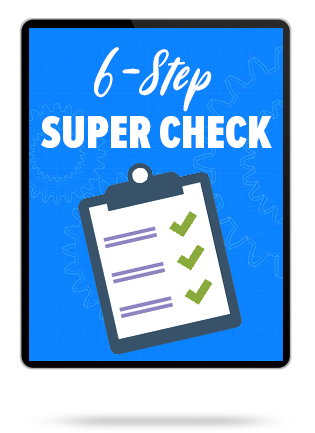The working after retirement rules in Australia are reasonably flexible.
Ultimately, it is better for the Australian economy if more people are working.
This is why the Government leaves the retirement definition quite open.
In saying that, it is important to understand the retirement rules within Australia, particularly when it comes to accessing superannuation.
If you plan on working after retirement, it is important to abide by the retirement rules.
Your age will be a factor in determining the rules around returning to work after retirement and the condition under which you can return to work.
Working After Retirement Rules Australia
There are two different retirement rules and definitions in Australia for superannuation purposes.
Regulation 6.01 (7) of the Superannuation Industry (Supervision) Regulations 1994 the retirement of a person is taken to occur:
(a) in the case of a person who has reached a preservation age that is less than 60: – if:
(i) an arrangement under which the member was gainfully employed has come to an end; and
(ii) the trustee is reasonably satisfied that the person never to again become gainfully employed, either on a full-time or part-time basis;
or
(b) in the case of a person who has attained the age of 60 – an arrangement under which the member was gainfully employed has come to an end, and either of the following two circumstances apply:
(i) the person attained that age on or before the ending of the employment;
or
(ii) the trustee is reasonably satisfied that the person intends to never again become gainfully employed, either on a full-time or part-time basis
These two retirement definitions have been summarised in the table below:
| Retirement | Condition | Event |
|---|---|---|
| 1 | Over Preservation Age | Retired from employment with no intention of ever returning |
| 2 | Over Age 60 | Employment arrangement came to an end while over age 60 |
If either of the two conditions above are satisfied, then you have met the definition of retirement.
Have You Read My Other Posts Yet?
Your total accumulated savings, up until the point you meet the definition, will become available to you and can be taken as a payout in the form of a lump sum or income stream.
Returning to Work After Retirement
Here are the rules relating to returning to work after meeting one of the definitions of retirement for superannuation, above.
If you access your superannuation after meeting the first definition:- retiring with no intention of ever returning to work after reaching your preservation age, you are able to return to work on a casual basis up to 10 hours per week.
Alternatively, you can return to full-time or part-time work provided that, at the time of satisfying the definition, your genuine intention was to never return to work again.
In this instance, there is no set time-frame as to when you are able to return to work.
Remember, your intention was to never return to work.
If you return to work, you will still retain access to your super that became available as a result of your retirement.
However, any additional contributions made to your account after you met the definition of retirement will be preserved until you meet another condition of release.
If you access your super after meeting the second definition:- having an employment arrangement come to an end after reaching age 60, you are able to work in a new position as soon as you like, provided the first arrangement ended.
Again, any subsequent contributions made after your employment arrangement came to an end will be inaccessible until you meet another condition of release.
However, you will have access to the benefits that became available as a result of your employment arrangement coming to an end.
Therefore, as shown in both definitions of retirement for superannuation, you can access your super and still work.
Want the team at SuperGuy to help you with your superannuation & retirement plan?
Click below to learn more.
Work Test For Retirement
You will notice the term gainful employment in the definitions of retirement.
Gainful employment is essentially the work test for retirement.
In determining your retirement, you need to establish whether gainful employment has ceased or come to an end.
Gainful employment, as defined by Regulation 1.03 of the Superannuation Industry (Supervision) Regulations 1994 is:
Employed or self employed for gain or reward in any business, trade, profession, vocation, calling, occupation or employment.
Can I Access My Super and Still Work
If you have not met one of the definitions of retirement, you may be wondering:
Can I Access My Super and Still Work?
Provided you have met your superannuation preservation age, you can access your super and still work via a non-commutable account based pension, regardless of your employment status.
A non-commutable account based pension is an income stream allowing you to receive an income between minimum and maximum thresholds.
Have You Read My Other Posts Yet?
The minimum and maximum thresholds for a non-commutable account based pension are 4% and 10%.
A non-commutable account based pension is more commonly known as a transition to retirement pension.
Therefore, you can access between 4% and 10% of your transition to retirement (TTR) account balance each year.
For example, let’s assume you have reached your preservation age and have a superannuation balance of, say, $400,000.
You can start a TTR pension with $400,000 and nominate to receive an income of anywhere between 4% ($16,000) and 10% ($40,000) of the balance in the first financial year.
The minimum and maximum dollar amounts are recalculated on 1 July of each year, based on the TTR balance at that time.
This allows you to access your super and still work, or even start a business.
Post any questions you have about the working after retirement rules in Australia, below.



